If you suffer from pain it can have a very negative impact on your life. But could it be time to ditch prescribed painkillers for more natural alternatives?
Editor Jane Garton investigates.
Recent draft guidelines from the National Institute for Health and Care Excellence (NICE)[i] have advised that GPs should stop prescribing Paracetamol, non-steroidal anti-inflammatory drugs (NSAIDs) including aspirin and ibuprofen, as well as opioids for the treatment of long–term pain.
With this in mind, here are some natural alternatives that might help to bring relief.
Devil’s Claw
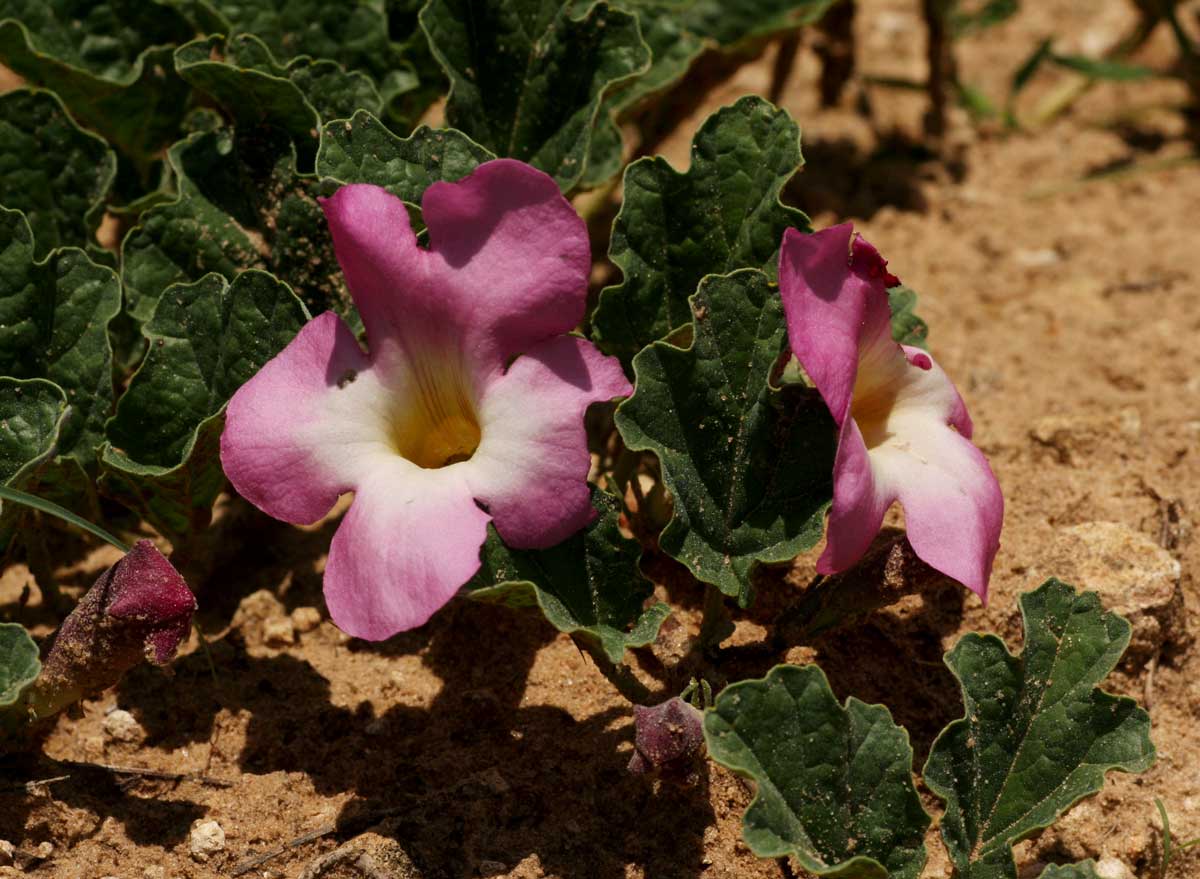
There is nothing more debilitating than an aching back. Thankfully Devil’s claw, a herbal remedy with a long history of traditional medicinal use in native African medicine, can help to bring relief. Numerous clinical trials show that the extract of this herb has analgesic and anti-inflammatory actions that can help a wide variety of joint conditions including backache.
The arrival of autumn and wetter weather can be bad news if you suffer from arthritis. No-one really knows the reason, but the change in the weather seems to exacerbate symptoms. As with backache, devil’s claw has been shown to help ease this type of pain.
It is not known exactly how devil’s claw works but the anti-inflammatory properties of the active compounds, the harpagosides and the plant sterols found in its roots, are thought to be responsible.
Boswellia
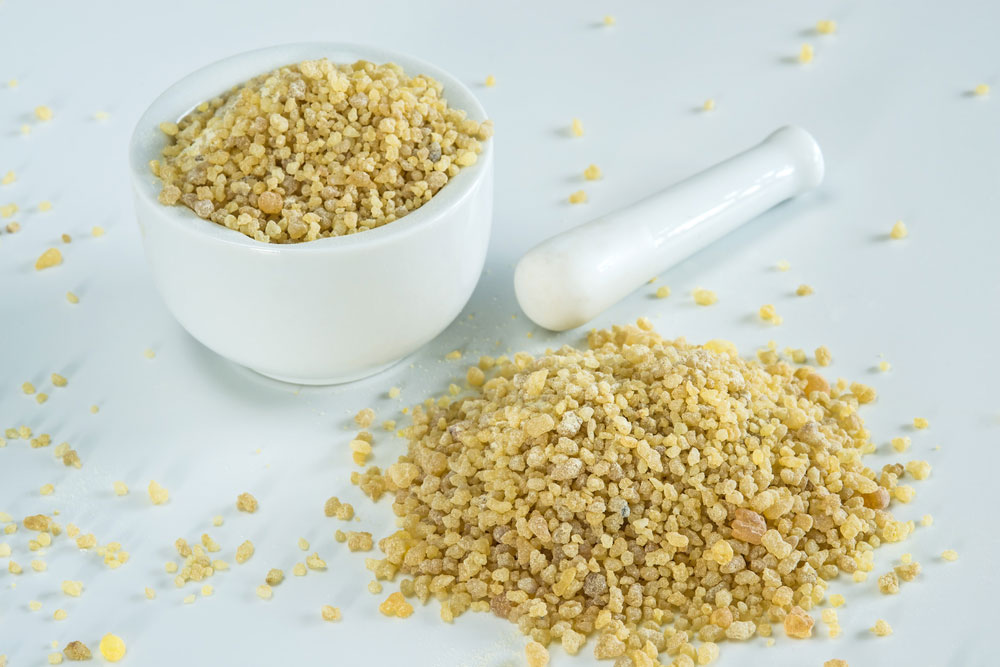
Also known as Indian Frankincense or Olibanum, the resin from the tree Boswellia serrata has been used medicinally for thousands of years, especially in Indian Ayurvedic traditions.
Boswellia is rich in a variety of anti-inflammatory compounds. Chief among these are boswellic acids,[ii] a group of plant chemicals, which block the production of chemicals, such as TNF-alpha, a major player in chronic inflammatory diseases. This makes boswellia a useful remedy to calm inflammation affecting the joints, skin, digestive and respiratory systems.
Turmeric
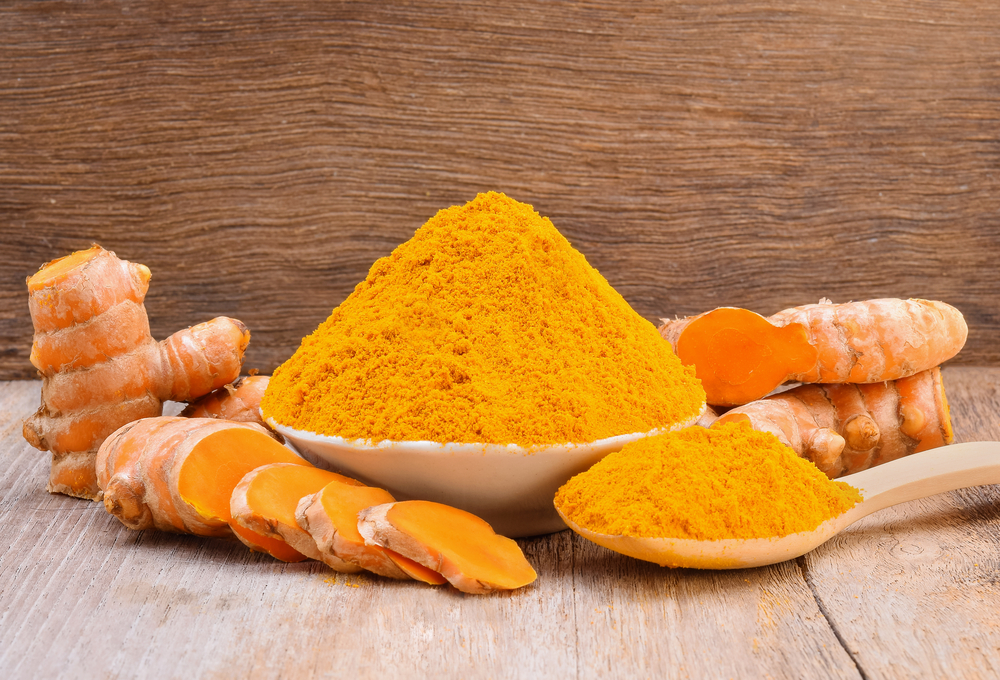
This ancient herb from Southern Asia is probably best known as the spice that gives curry blends their yellow colour. But due to its active ingredient curcumin, turmeric has pain-relieving properties. Consider a supplement or include in your cooking.
Valerian
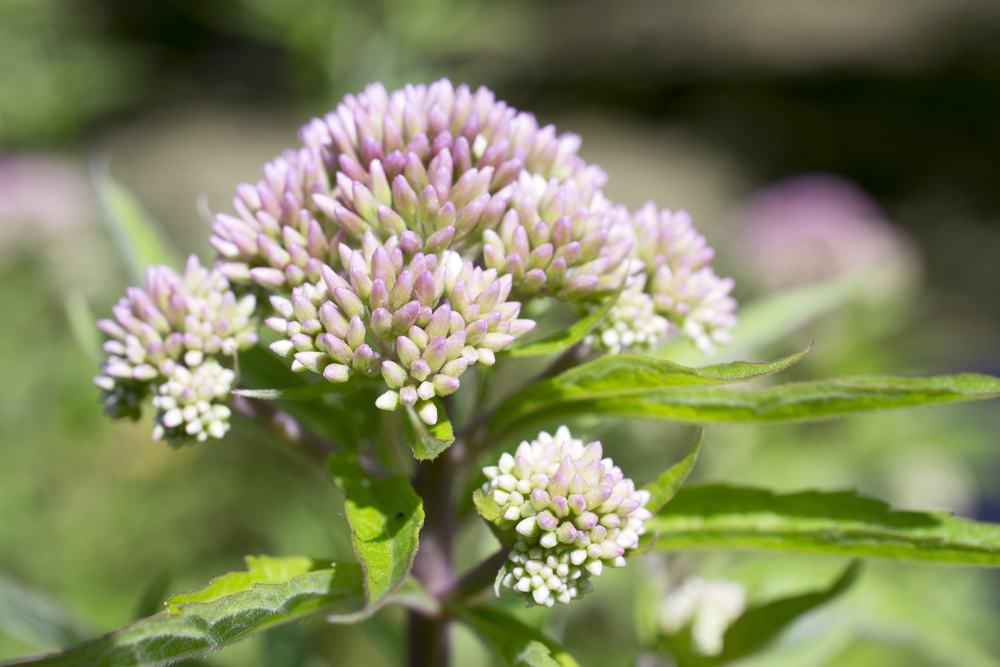
Endless days of pain can be wearing which sooner or later can start to get you down. And this is where the soothing herb valerian can help relax you. It can be taken through the day or at night. And if the constant pain makes it hard for you to get to sleep, a cup of valerian tea at bedtime may be just what’s needed to help you drop off.
Feverfew
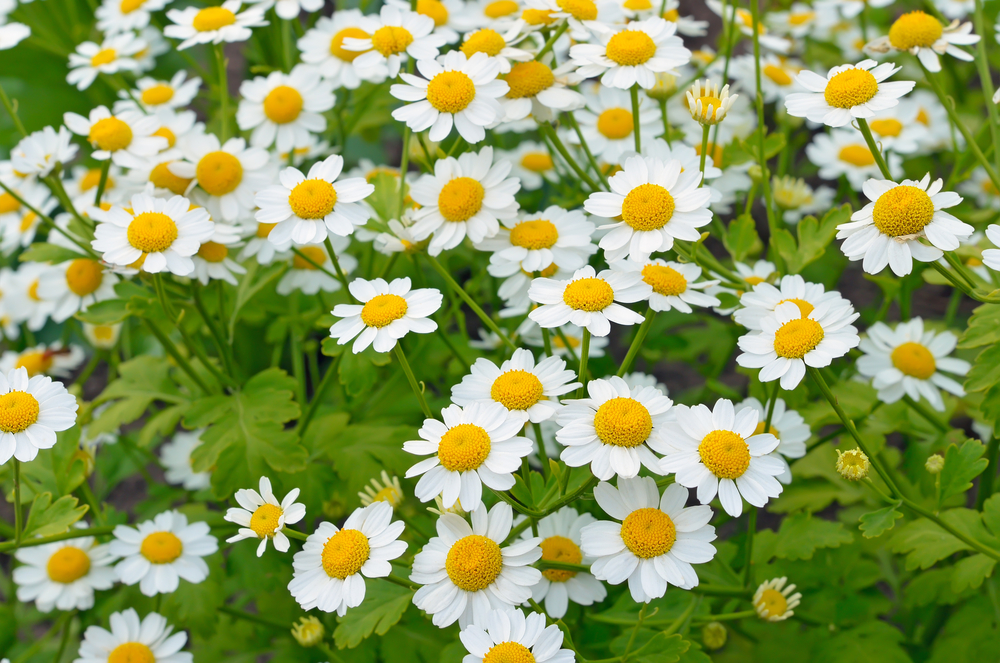
This is the number one herb for the treatment and prevention of migraines and headaches. Studies show that after taking feverfew, attacks can become less frequent and, in some cases, may stop altogether[iii]. For headaches triggered by anxiety or tension, passionflower is another herb worth trying.
Willow Bark
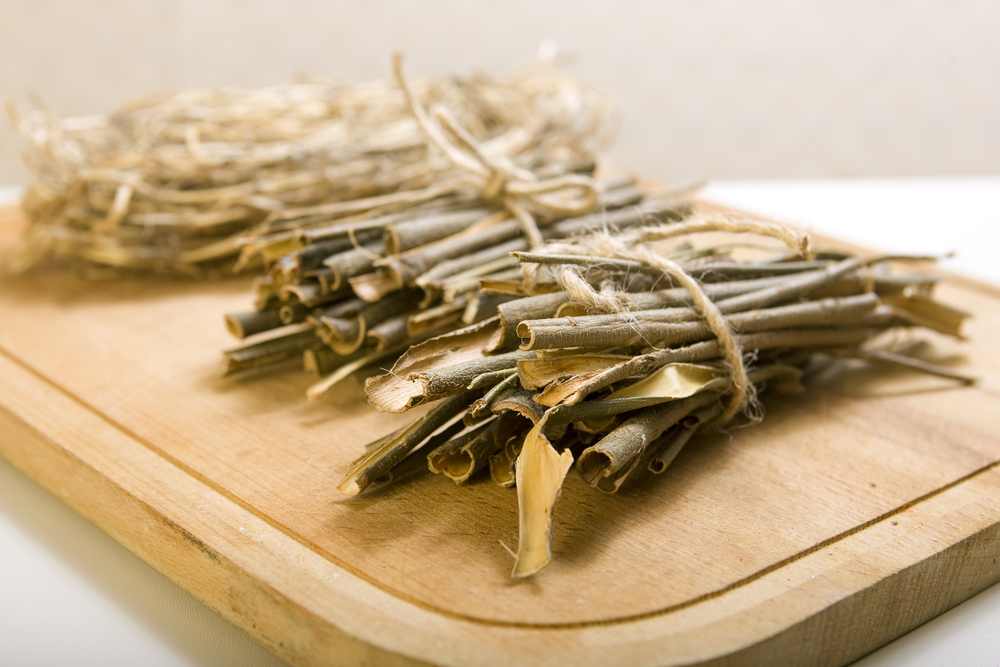
Also known as white willow bark, this is another ancient remedy for aches and pains as well as rheumatic problems. Its active ingredient salicin is thought to have anti-inflammatory properties.
Last word:
NICE also recommend further research into the effectiveness of pain management programmes, mindfulness and CBT (Cognitive Behaviour Therapy) for insomnia-related pain. A course of acupuncture may also be beneficial.
[i] NICE draft guidelines – Chronic pain- assessment and management
[ii] Ammon HP. Boswellic Acids and Their Role in Chronic Inflammatory Diseases. Adv Exp Med Biol. 2016;928:291-327.
[iii] Wider B, Pittler MH, Ernst E. Feverfew for preventing migraine. Cochrane Database Syst Rev. 2015 Apr 20
























Add comment